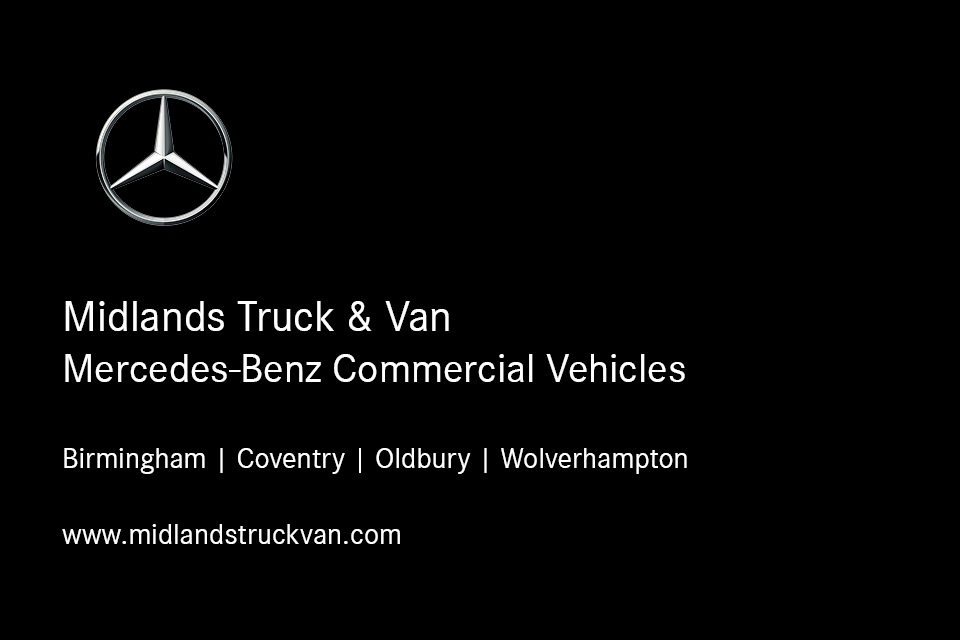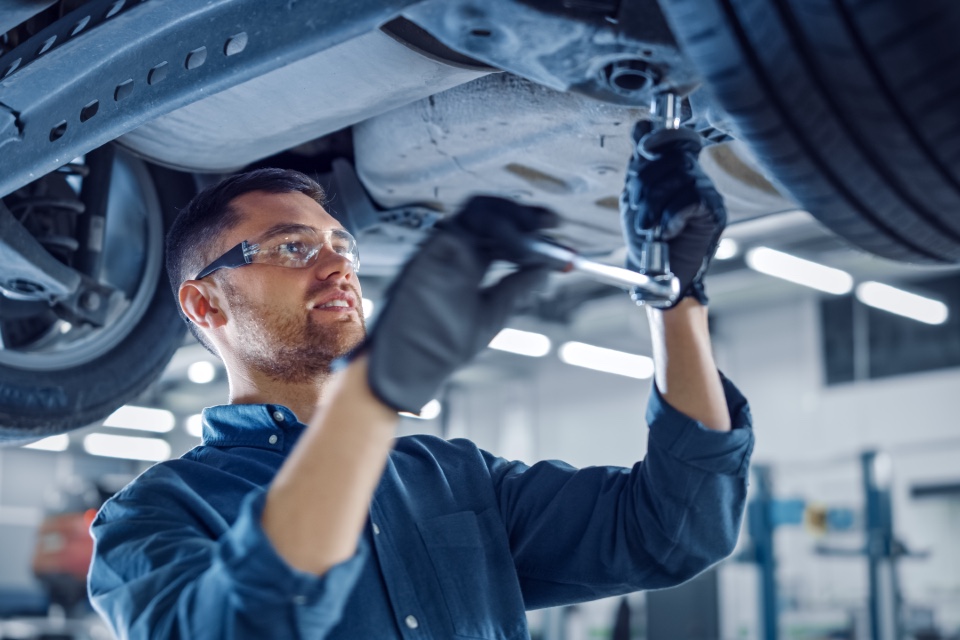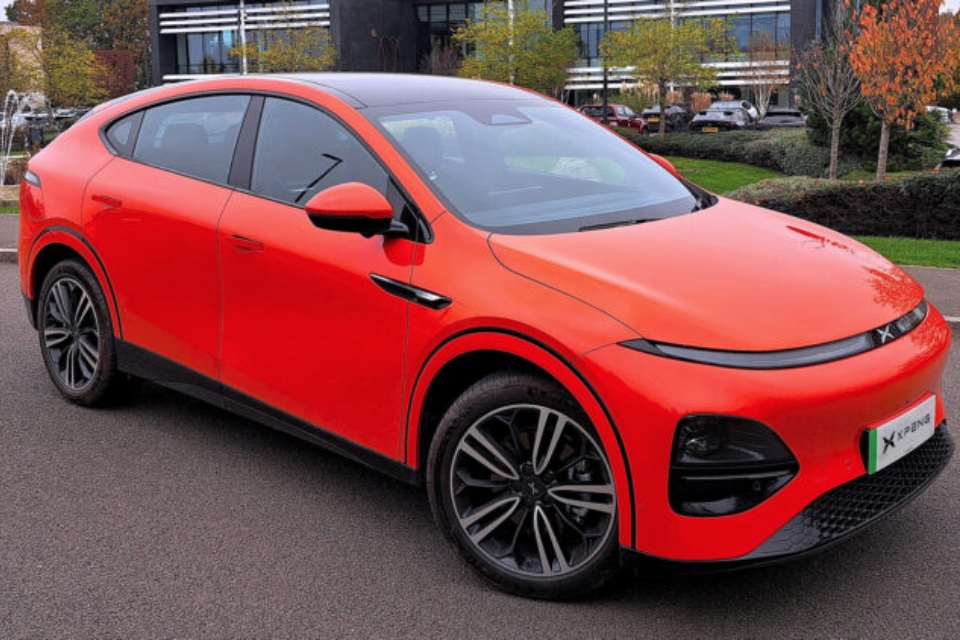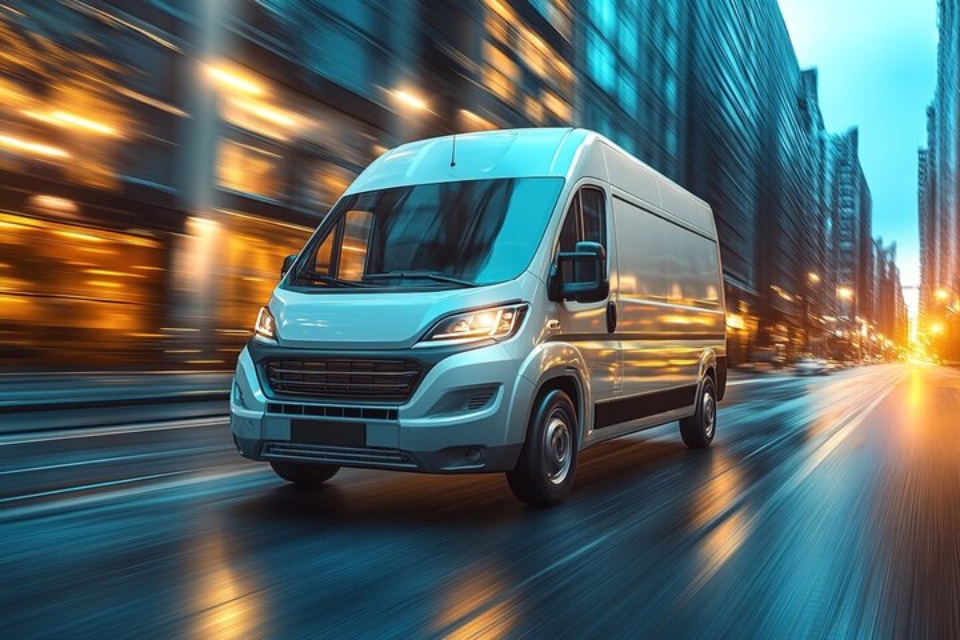The Roads of the Future: Imagined by AI

The UK is consistently looking to the future of road travel, making progress on the government’s 2021 decarbonisation plan, titled A Better, Greener Britain. So far, 95% of the National Highways network is within 20 miles of an electric car charging point and National Highways has completed 150 cycleway schemes. In 2022/23, £4.5 billion was spent on UK roads – […]
INDUSTRY SPOTLIGHT: Midlands Truck & Van

Midlands Truck & Van are an approved Mercedes-Benz Commercial vehicle dealer located in the West Midlands with dealerships in Birmingham, Coventry and Wolverhampton. From a sales perspective, we pride ourselves on offering flexible, tailored solutions to meet the specific requirements of each customer, whether it’s a single vehicle for a small business or a full-scale […]
Vehicle Servicing, Maintenance and Repair

By Zurich Resilience Solutions Vehicle servicing, maintenance and repair encompass a series of actions and processes aimed at keeping vehicles in optimal working condition, ensuring safety and extending their operational lifespan. This article presents the case for UK fleet operators. Did You Know? Safety, Efficiency and SustainabilityRobust vehicle servicing, maintenance and repair arrangements are essential for […]
Transportation: Four industry predictions for 2025

By Christopher Keating, Senior Vice President Trimble Transportation Europe The transportation industry has travelled a winding road in 2024. Hopes for a swift recovery from the turbulence of previous years met lingering economic headwinds, geopolitical uncertainties, and persistent challenges that kept the sector in a state of cautious anticipation. As we embark on the journey […]
THE WHICHEV VIEW: XPeng thinks big for 2025 with IML partnership in UK

By WhichEV XPeng, a prominent name in China’s electric vehicle (EV) industry, has set its sights firmly on the United Kingdom, with its first model set to launch in early 2025. This move comes as part of XPeng’s larger strategy to broaden its reach across Europe. The mid-size, all-electric XPeng G6 SUV will spearhead the […]
INDUSTRY SPOTLIGHT: Mer Electric Vehicle Charging Solutions

Mer is a European EV charging company owned by Statkraft, Europe’s largest renewable energy producer. We bring together extensive expertise in renewables and electric mobility to deliver our mission to make EV charging simple and efficient. Mer delivers complete EV charging solutions to businesses with large fleets, commercial and private landlords and public sector bodies. […]
Digital Platforms and AI in electric fleets

By Flexible Power Systems Both the diesel vehicle sales bans and the zero-emission vehicle mandate will make fleet decarbonisation an imperative for fleet managers. Additionally, corporate net zero targets, potential TCO gains, and local city access legislation all create pressure to move faster than national legislation. Practical availability of zero tail-pipe emission options is limited […]
THE WHICHEV VIEW: How will the China-EU EV tariff dispute play out?

By WhichEV A deepening dispute over tariffs on electric vehicles (EVs) has led to escalating tensions between China and the European Union, as both economic giants struggle with the changing dynamics of the global car market. China, now the world’s largest car producer, has rapidly embraced EV manufacturing, treating the automotive industry much like its […]
GREY FLEET MONTH: The importance of Grey Fleet Management

By Zurich Resilience Solutions “Grey fleet” refers to employee-owned vehicles used for business purposes, such as attending meetings, visiting clients, or making deliveries. These vehicles, despite not being part of an organisation’s official fleet, are vital for daily operations. In the UK alone, approximately 14 million grey fleet vehicles cover 12 billion miles annually, highlighting […]
Transforming Driver Safety: The Power of the SambaSafety Risk Cloud

The SambaSafety Risk Cloud revolutionises driver risk management by consolidating and enriching disparate data sources into a unified platform for the most complete view of risk. The Risk Cloud solves the challenges companies face in identifying, managing and preventing driver risk due to fragmented data from telematics devices, dashcams, claims and license and corporate systems. […]


